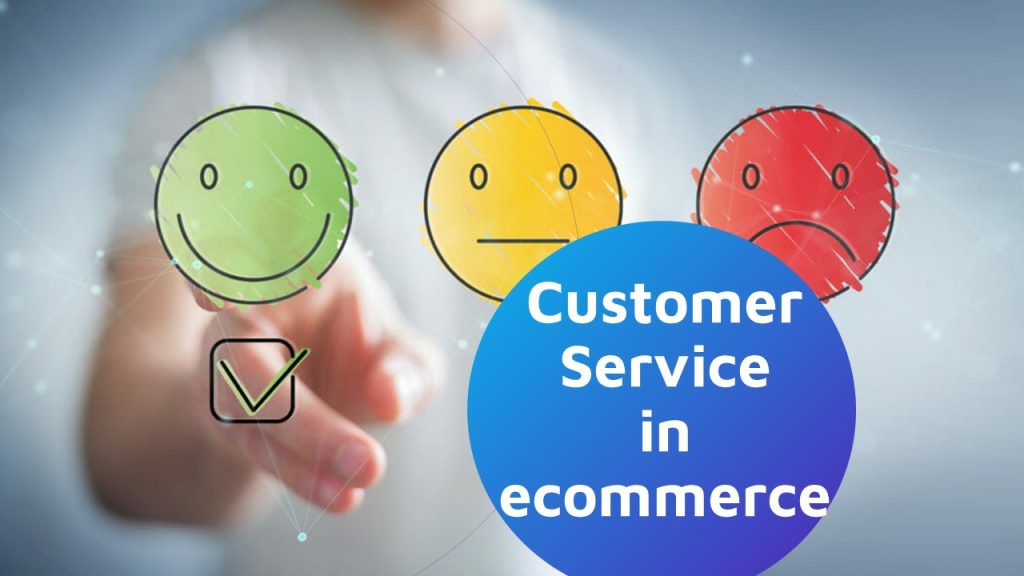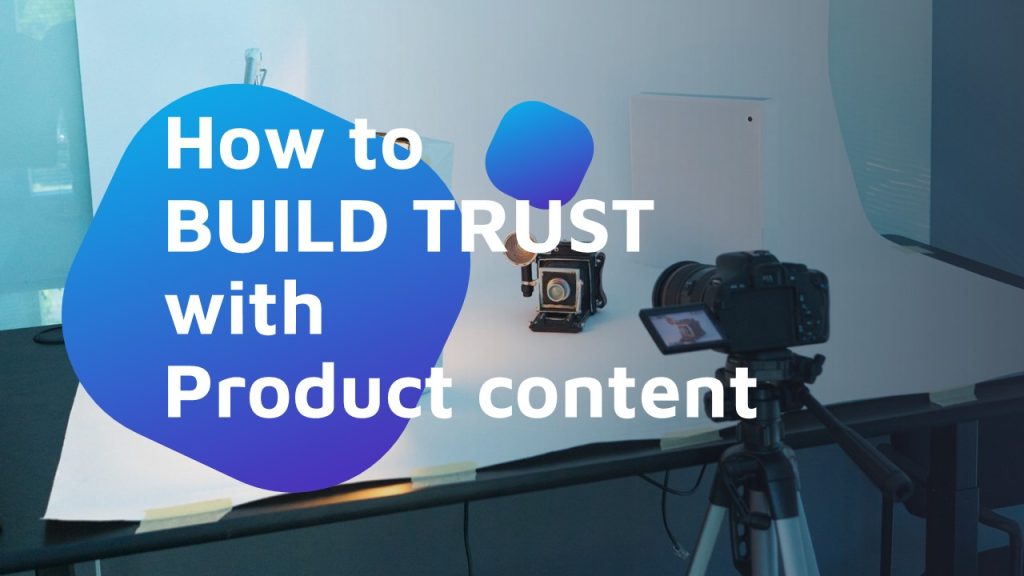Product content is a set of resources in which all pieces work together and are equally important. Writing compelling copy for products is no less important than providing visual descriptions. Furthermore, it is what backs them up and gives a glimpse on who the brand is and what it stands for.
Content2Sell focuses on product content and graphic design, and the copy we use may sometimes be overshadowed by the visual elements that we are usually asked. And yet, there’s hard work behind it.
In this post we’ll explain a few basics on how to write compelling copy for products: the most used models and 10 tips to succeed.
Most used copywriting models
AIDA
Attention: grab them with the first line
Interest: created with a bold promise
Desire: something that anybody reading the copy would want
Action: Call-to-action. Keep reading or click on a specific button.
AIDA is one the most popular copywriting models, and it’s been used for a long, long time – way before marketing was digital. And yet, it continues to be effective when correctly designed.
The AIDA model is mostly used in blogs, Landing Pages, and email marketing. That is to say, in somewhat extensive formats where readers discover from scratch and need to get a fully driven idea.
- Run the proper keyword research to understand exactly how your target audience talks about its pain points and the need for your specific product.
- A powerful headline to catch your reader’s attention. Missing on this one is a frequent mistake, and a powerful deterrent.
- Make your story go downhill, and use cliffhangers to leave your visitors wanting more.
“The sole purpose of the first sentence is to get you to read the second sentence“
Joseph Sugarman

PAS
Pain. Describe your audience’s pain points in the most relatable way to create an emotional response.
Agitate. Shake the tree so they can see the ripe fruit fall. Talk about the consequences of not solving their actual problem to then put the focus on the…
Solution. Present your product as the one or only solution to it.
The PAS is a very powerful way to approach prospects and is tremendously effective in several different marketing formats: from face-to-face propositions, flyers, and billboards, to landing pages, Social Media ads and Newsletters.
This may sound like a classic sales model, but it’s been refined over the digital marketing era. Your main goal here is to become the one who saves the day, by emotionally persuading that one person who clicked on your ad, open your email, or ran into your offer.
- Of course, deep research is needed to demonstrate your understanding of the situation.
- Make your reader face the problem through deep emotional connection.
PASTOR
PASTOR is the evolved version of PAS, which adds a story when offering the solution. Hence, it allows including more relatable aspects, as per the acronym:
Transformation and Testimony. Let your viewers relate to other people’s success story.
Offer. Make an honest offer they can’t refuse, by highlighting your product’s features and, especially, the benefits of using it.
Response. Ask for your prospects feedback to spot their reluctances and solve any doubts. Those with no intention to buy are less likely to respond. But those who do will provide very useful insights for you to optimize your content and take to your product closer to them.
Before-After-Bridge
The name doesn’t leave any room for hesitation. This is a broadly used model due to its simplicity, and yet it works quite well.
Landing Pages, Social Media, short videos, promotional videos is where you will see it the most.
The key here is to show the classic Before / After situation and tell a compelling story that explains how that huge problem ceased to exist. The bridge necessarily goes at the end to create the emotional impact for your target to be eager to hear what YOU have to say.
PPPP
Picture. Make your audience picture the scene where your product becomes necessary. Don’t leave emotions aside. Instead, focus on the feelings involved and make them part of a relatable story with a happy ending.
Promise. What does your product promise to solve? Its USPs will answer that question – when properly stated. The added value it provides must be the star of the show, so it’s important not to confuse your readers.
Prove. Prove your brand / product’s reliability when it comes to keeping the promise to solve the original problem. Explain what makes you different than your competitors, be it your materials, values, or subscription benefits.
Push your audience to take action with as much urgency as possible. It was probably easier to call this “push” than changing the acronym to PPPCTA…
Testimonials and referrals are a key element in this model, which you can accompany with graphic elements, infographics or even press releases. It all depends on the platform you use and its specific requirements, as not all of them use the same format. Nevertheless, you can see how important they are according to their position in a website, for example.

10 tips to write compelling copy for your products
We already insisted in how important it is to run deep research to know everything about your target audience. And that includes keyword research, competitors, and forum threads like Reddit, to name one. That is a necessary step to define the best way to approach your target audience.
There’s a specific copy format for every instance. For example, an Amazon listing needs plain descriptions with little twists to comply with Amazon’s requirements. Branded content on Amazon is reserved for registered brands on the Premium Amazon A+ Branded Content service, in which brands can customize their customer experience with a bundled infographic with their vision, mission and core values.
A Landing Page, however, leaves more room for creativity and branded content, and poses less limitations on image size and text length.
That said, here are 10 tips to create compelling copy for products.
#1 Use Short Sentences
Less is more, the song goes. Shorter sentences are simply better, especially when it comes to ecommerce. They’re easier to read and understand, they take less time and don’t beat around the bush.
#2 Make your headlines go to the point
And to-the-point doesn’t mean keeping them plain and boring. There are many ways to make a specific headline: changing the subject of the sentence, starting with a question, creating a brilliant pun or finding an adjective that fills whatever gap needing it.
#3 Features tell, benefits sell
You’ve probably heard this one before too. Empathy is crucial to understand the practical consequences of using a product instead of bombarding users with technical descriptions that are frequently beyond their grasp. Start your sentences with the benefit and then add a brief explanation.
#4 Hook them up!
Remember to create a fair amount of suspense and expectation whenever possible. This is harder – yet not impossible – on Amazon listings, but extremely useful on Landing Pages, Social Media, and email marketing.
#5 Use FOMO wisely
The Fear of Missing Out is mostly used in offers and promotions, because it triggers the feeling of “take it or leave it” when you know they are interested in your product. But FOMO doesn’t work in every situation and should not be abused.
Use phrases like “Limited time offer“, “Only 10 left“, “Sale ends August 31st“.
#6 Write strong leads
Leads come right after the headline, and they should complement it with a small story or a brief summary of what should be understood at a glance. Keep them short (6-8 sentences max) and use hooks in your first or second sentence (like “Are you afraid of taking your business to the next level? We’ve got your back!“)
#7 Don’t use big words
Use words that are easy to read and understand by everyone, and not only your target audience. Indeed, it’s impossible to effectively reach and captivate everyone, but your goal is to sell, not to bore.
#8 Avoid the friendzone
Your potential clients may like what you’re selling, just not enough to buy it right away. Finding out why is a great opportunity to prove you care and understand their objections. Address any potential objections, such as “it’s too expensive”, “now it’s not a good time” from the beginning, and you’ll have half the job done.
#9 Talk to your customers
The more you know your audience, the better you’ll be able to fulfill their needs. This is why you need to follow up on them, so you can measure their expectations and levels of satisfaction. That speaks for itself and provides very useful feedback.
#10 Use social proof
Show your strongest form of social proof, even if your sales haven’t taken off yet. When you test a product and get feedback, use that as a testimonial. Crowdfunding campaigns use this a lot, give then fact that products are frequently not even developed.
Writing compelling copy for products is an essential part of any content strategy. In fact, it’s as essential as providing eye-catching visuals, such as product renders and lifestyle photography. Your product’s copy is what makes it speak for itself, and ultimately drives the sale from the moment it appears in front of your target’s eyes. At Content2Sell, we strive to create comprehensive pieces of content, specifically designed to trigger that much-needed emotional response.



